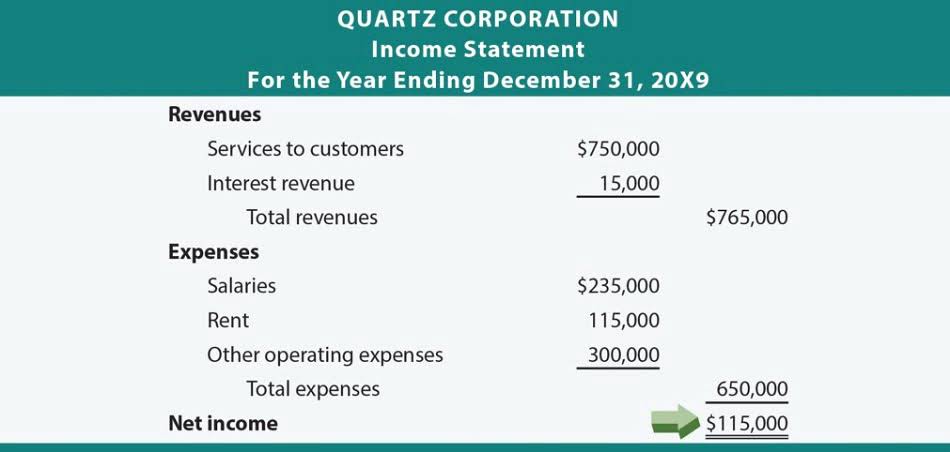
Using T Accounts, tracking multiple journal entries within a certain period of time becomes much easier. Every journal entry is posted to its respective T Account, on the correct side, by the correct amount. T Accounts are also used for income statement accounts as well, which include revenues, expenses, gains, and losses. Google Takeout, for example, allows users to download and export account data outside of Google at any time.
At Finance Strategists, we partner with financial experts to ensure the accuracy of our financial content. The articles and research support materials available on this site are educational and are not intended to be investment or tax advice. All https://www.bookstime.com/ such information is provided solely for convenience purposes only and all users thereof should be guided accordingly. Textbook content produced by OpenStax is licensed under a Creative Commons Attribution-NonCommercial-ShareAlike License .
Everything You Need To Build Your Accounting Skills
When an accountant is looking for errors, double checking the work of bookkeepers during an audit, or generally wants to be extra sure there are no mistakes, T accounts are the ultimate failsafe tool. In this case, there’d actually be cash and deferred revenue transactions at first, and then deferred revenue and revenue transactions over time as you recognize the revenue. I’m going to go through a really easy example to show double-entry accounting using T accounts in action. Let’s say you just sold a one-year premium subscription for $20,000 and your client paid in cash.
As you can see the closing balance is the same as in the common sense way. Once you take your expenses away from your income, you have £56’s worth of cash left. In most cases, the negative balance will be credited toward your next transaction(s) until the full amount is spent. Blueprint is an independent, advertising-supported comparison service focused on helping readers make smarter decisions. We receive compensation from the companies that advertise on Blueprint which may impact how and where products appear on this site.
Now add up the total of all the individual entries on this side and put it as a total below all the other amounts on this side.
The T account system is based on the principle of classifying each transaction as debit and credit to different ledgers or books. Another way to visualize business transactions is to write a general journal entry. Each general journal entry lists the date, the account title(s) to be debited and t accounts the corresponding amount(s) followed by the account title(s) to be credited and the corresponding amount(s). Let’s illustrate the general journal entries for the two transactions that were shown in the T-accounts above. This is posted to the Cash T-account on the debit side (left side).
- If you want a career in accounting, T Accounts may be your new best friend.
- But if you would like to receive a refund sooner, you can request a refund from the issuer by logging into your account, contacting the issuer by phone or visiting one of their physical bank branches.
- The difference between the debit and credit totals is $24,800 (32,300 – 7,500).
- Editorial content from The Ascent is separate from The Motley Fool editorial content and is created by a different analyst team.
- The debit entries entered on the left side of the T account should always balance with the right side, or credit side of the account.
Some accounts have a debit-side balance, while others have a credit-side balance. A business owner can also use T-accounts to extract information, such as the nature of a transaction that occurred on a particular day or the balance and movements of each account. Get instant access to lessons taught by experienced private equity pros and bulge bracket investment bankers including financial statement modeling, DCF, M&A, LBO, Comps and Excel Modeling. Debits and credits are accounting terms that have been used for hundreds of years and are still in use in the double-entry accounting system today. Double Entry Bookkeeping is here to provide you with free online information to help you learn and understand bookkeeping and introductory accounting.
Tapping your policy’s cash value
Accountants record increases in asset, expense, and owner’s drawing accounts on the debit side, and they record increases in liability, revenue, and owner’s capital accounts on the credit side. An account’s assigned normal balance is on the side where increases go because the increases in any account are usually greater than the decreases. Therefore, asset, expense, and owner’s drawing accounts normally have debit balances. Liability, revenue, and owner’s capital accounts normally have credit balances.
